
Do you have a question about the Daikin EKHBX030BA and is the answer not in the manual?
Describes the unit's purpose, its role in ERLQ heat pumps, and available versions.
Defines the manual's coverage, installation procedures, and audience.
Explains the naming convention and components of the unit model number.
Lists accessories supplied with the indoor unit and optional kits.
Space heating only with room thermostat connected to the indoor unit.
Space heating only without room thermostat, with DHW.
Space cooling and heating with room thermostat, includes DHW.
Space cooling and heating without room thermostat, includes DHW.
Space heating with an auxiliary boiler (alternating operation).
Space heating with different operating temperatures for floor heating and fan coils.
Instructions on how to access internal components like the manometer and user interface.
Lists and describes the primary components of the indoor unit.
Details the components located within the electrical switch box.
Criteria for choosing a suitable indoor installation site.
Specifies the required dimensions and service space around the unit.
Procedures for checking, handling, and unpacking the unit upon delivery.
Step-by-step instructions for securely mounting the indoor unit.
Refers to the outdoor unit installation manual for refrigerant pipework guidelines.
General guidance and requirements for connecting the water circuit.
Ensuring correct water volume and expansion vessel pre-pressure for system operation.
Procedure for filling the water circuit and purging air.
Importance of insulating water piping to prevent condensation and heat loss.
Provides a general overview of the required field wiring connections.
Specifies requirements for power supply and cable selection.
Details the specific wiring for the backup heater power supply.
Instructions for wiring the room thermostat to the unit.
Wiring instructions for 2-way and 3-way control valves.
Explains the functions and settings of DIP switch SS2.
Configuration settings for room thermostat connection and pump operation.
Configuration options for pump operation based on thermostat connection.
Settings for the domestic hot water tank installation.
Special procedures for initial start-up in cold ambient conditions.
Essential checks to perform before powering up the unit.
Describes the initial power-on sequence and user interface behavior.
Introduces the system for configuring installation parameters via the user interface.
Step-by-step guide on how to change field settings.
Controls user interface button access based on permission levels.
Defines parameters for weather-dependent heating operation.
Settings for the periodic disinfection of the domestic hot water tank.
Enables or disables backup heater operation.
Controls booster heater operation based on temperature and timers.
Sets the outdoor temperature above which space heating is turned off.
Restricts backup heater operation to low outdoor temperatures.
Prioritizes space heating over domestic hot water heating.
Defines start/stop temperatures for heat pump DHW heating.
Sets temperature difference for booster heater ON/OFF.
Enables generation of two different set points for heating/cooling.
Defines minimum/maximum running times and delay times for DHW heating.
Limits the user-adjustable temperature set points for heating and cooling.
Configuration settings for the EKSOLHW solar kit.
Defines the logic for the alarm output on the digital I/O PCB.
Enables and configures bivalent operation with an auxiliary boiler.
Controls heater operation based on electricity tariff signals.
Adjusts weather dependent set points based on local conditions.
Configures the pump operation logic when DIP switch SS2-3 is OFF.
Defines the outdoor temperature below which space cooling is turned off.
Settings for activating the bottom plate heater to prevent ice build-up.
Explains the logic of X14A related to the bottom plate heater.
Final checks before switching on the unit after installation.
Procedure for performing a manual test of heating, cooling, and DHW operations.
Lists periodic checks and inspections for optimal unit availability.
Provides initial steps for diagnosing and correcting unit problems.
Lists common issues, their possible causes, and corrective actions.
Details specific error codes displayed by the unit and their resolutions.
Provides general technical data for heating/cooling and heating-only models.
Details electrical requirements and specifications for the unit.
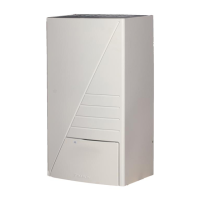

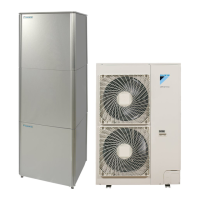
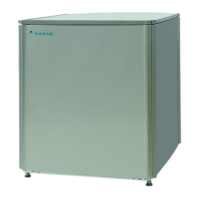
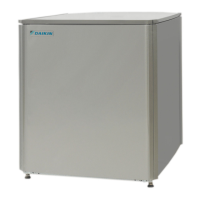
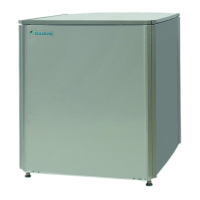
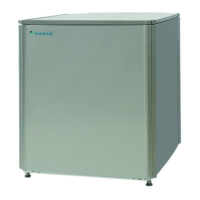
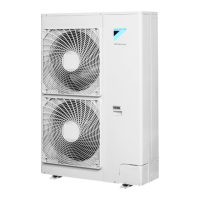



